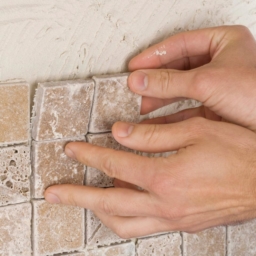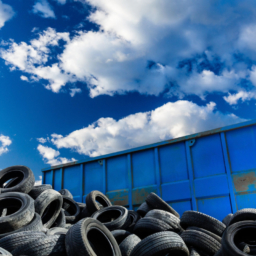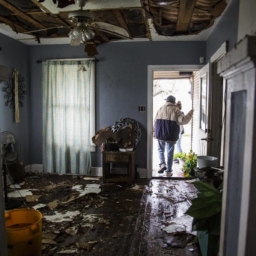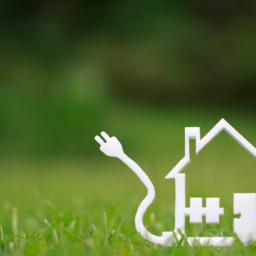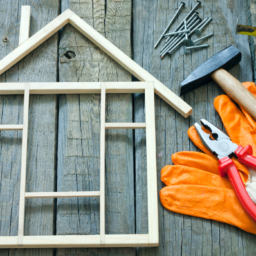When renting a dumpster, estimating how much debris you can fit into a 10, 20, 30, or 40 yard dumpster isn’t easy. Each size dumpster rental company had their own set of weight limits, depending on the type of debris is usually what determines how much weight they allow you. Empty dumpsters usually weigh between 3,750 and 6,500 lbs, but the weight of the actual dumpster itself doesn’t matter, what does matter is the weight of the debris going into the dumpster.
Each Size Has a Different Weight Limit
10, 20, 30, or 40 yard dumpsters can hold different amounts of debris, therefore having different weight limits. Weight limit however, can carry two meanings.
Sometimes “weight limit” refers to the real limit of the dumpster trucks ability. The trucks that deliver the dumpsters have hoists, which are responsible for picking up and dropping off dumpsters of various weights, the dumpster truck can only handle so much weight, that’s why when they pick up they have weight limits.
Other times, “weight limit” is the term used to refer to the amount of weight that was included in your price by the company that quoted you. You should keep in mind the proper way to think of “weight limit” is the amount of weight included in the price given to you. If you go over the included weight limit, you will have to pay for the extra debris that went over.
How Much Debris Can I Fit Into a Dumpster Without Going Over My Weight Limit?
Here’s an example of some of the most commonly disposed debris types and how much can be thrown in various dumpster sizes without exceeding common weight limits.
10 Yard
Common Weight Limit: 1-3 tons
Roofing: 1,600-2,400 sq. ft. (16-24 squares or 48-72 bundles)
Concrete / Asphalt: 65-90 sq. ft. of 10-inch thick concrete/asphalt
Drywall: 1,600-2,250 sq. ft. of 1/2-inch – 5/8-inch thick drywall
Carpeting: 2,500-3,500 sq. ft.
Yard Waste: 36-46 sq. ft.
20 Yard
Common Weight Limit: 2-4 tons
Roofing: 2,000-2,800 sq. ft. (20-28 squares or 68-84 bundles)
Concrete / Asphalt: 80-110 sq. ft. of 10-inch thick concrete/asphalt
Household Waste: 335-475 sq. ft. of general waste such as clothes, furniture, trash, etc.
Drywall: 1,950-2,650 sq. ft. of 1/2 inch – 5/8-inch thick drywall
Carpeting: 3,000-4,200 sq. ft.
Yard Waste: 10-14 sq. ft
30 Yard
Common Weight Limit: 3-5 Tons
Roofing: 2,800-4,000 sq. ft (28-40 squares or 84-120 bundles)
Concrete / Asphalt: 110-155 sq. ft. of 10-inch thick concrete / asphalt
Household Waste: 475-680 sq. ft. of general waste such as clothes, furniture, trash, etc.
Drywall: 2,650-3,840 sq. ft. of 1/2-inch – 5/8-inch thick drywall
Carpeting: 4,200-6,000 sq. ft
Yard Waste: 14-20 sq. ft.
40 Yard
Common Weight Limit: 4-8 tons
Roofing: 4,800-6,400 sq. ft (48-64 squares or 144-192 bundles)
Concrete / Asphalt: 190-250 sq. ft or 10-inch thick concrete / asphalt
Household Waste: 810-1,085 sq. ft. of general waste such as clothes, furniture, trash, etc.
Drywall: 4,600-6,000 sq. ft. of 1/2-inch – 5/8-inch thick drywall
Carpeting: 7,200-9,600 sq. ft.
Yard Waste: 24-32 sq. ft
Common Debris Weight
To help you get a more accurate estimate of how much your debris will weigh, check the chart below.
| Material | Lbs./Cubic yard | Notes |
|---|---|---|
| Burned debris/ash | 800 – 1,000 1,500 – 1,800 2,300 |
Loose/dry Wet for dust suppression Wet mixed with soil |
| Concrete Asphalt |
4,050 3,960 |
|
| Wood, un-compacted | 400 | Increase up to 100% if compacted |
| Metals, un-compacted | 600 | Ex. appliances, metal siding |
| Earth | 2,100 3,000 |
Loose/dry Excavated/wet |
| Gravel or crushed stone | 2,600 | Increase 20% if wet |
| Standard red clay bricks | 3,400 | |
| Asphalt shingles Slate shingles |
2,500 9,500 |
1,000 sq. ft. (10 squares, 30 bundles) |
| General household junk | 300 – 350 400 – 800 |
Un-compacted Compacted |
| Yard waste | 670 400 500 1,500 1,350 |
Glass clippings Leaves Brush Unfinished compost Finished compost |
| Drywall | 340 420 |
1/2-inch thick drywall 5/8-inch thick drywall |
How the Weight of Your Debris is Measured
When you’re finished with the dumpster, the company will will pick it up from your site, and take it to the landfill. From there the truck and dumpster drive onto a scale at the front of the landfill. The total weight of the dumpster, truck, and debris is measured. Then the truck empties the dumpster, as it goes to leave the landfill it drives over another scale, this is how the truck and dumpster are weighed, without the debris. By doing this the landfill can see how much the debris weighed, and how much you will be billed for. If your debris weighs more than the “weight limit” included in your price, you will have to pay an overage fee.
We hope you found this information helpful for when you rent your next dumpster. Remember to call us at Dumpster Rental Inc for the most affordable prices across the nation!






